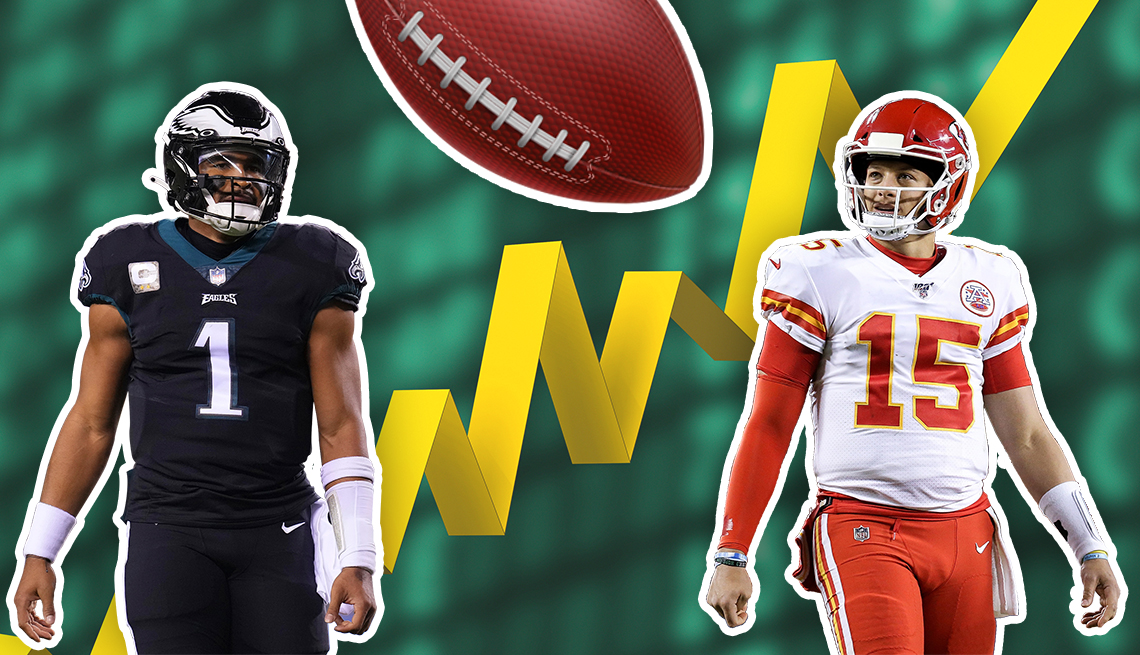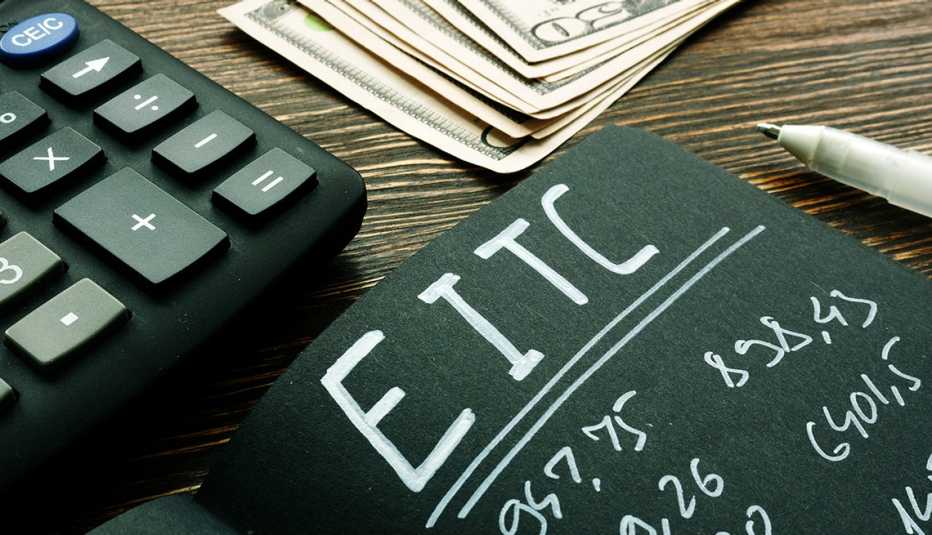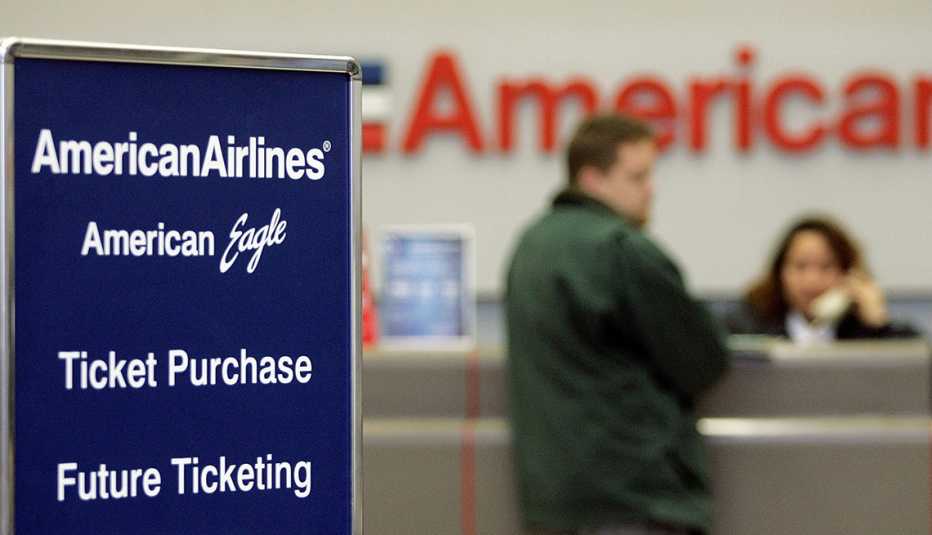Staying Fit
When you think of Wall Street analysts, you think of people peering at computers, writing earnings estimates, calculating growth rates and price momentum. But they also look at far less rational indicators, such as how stocks fare in January, lipstick sales, the length of skirt hemlines, and the nationality of the cover model for the annual Sports Illustrated swimsuit issue.
The Super Bowl Indicator is the granddaddy of all of Wall Street’s weird indicators. It holds that the team that wins the big game Sunday will determine whether your stock portfolio will have a winning year or wind up in the cellar. What’s a game-winning touchdown got to do with the stock market flashing green? The venerable indicator states that the stock market will end the year with a gain if a National Football Conference team (such as the Philadelphia Eagles) wins the Super Bowl, but that stocks will fall if the American Football Conference team (the Kansas City Chiefs) is the winner. The pigskin-driven theory was promulgated in the late 1970s by Leonard Koppett, a sports reporter for The New York Times.


AARP Membership— $12 for your first year when you sign up for Automatic Renewal
Get instant access to members-only products and hundreds of discounts, a free second membership, and a subscription to AARP the Magazine.
And, for the most part, the Super Bowl Indicator’s record has been fairly solid, albeit imperfect, since Super Bowl 1. The Dow Jones industrial average, for example, has finished the year higher 82 percent of the time when an NFC team has hoisted the Vince Lombardi Trophy, and posted an average annual return of 11.4 percent, according to statistics supplied by Sam Stovall, chief investment strategist at CFRA, a Wall Street research firm. The indicator has an overall success rate of 73 percent.
That’s why if you’re watching the Super Bowl this year, “you might want to root for the Eagles,” says Elana Duré, a vice president and head of the content studio for J.P. Morgan Wealth Management.
No reason for it to work
Still, while those success rates are superior to the long odds of, say, winning the lottery or consistently predicting whether the Dow will finish the year up or down, Wall Street pros admit there’s no rhyme or reason the Super Bowl Indicator works or doesn’t work in any given year. In short, the indicator is about as reliable as, well, any other stock market prediction tool.
“This is really a tongue-and-cheek indicator,” Stovall says. “It has correlation but has absolutely no causation.” As a result, diving aggressively into the stock market just because the Eagles beat the Chiefs in Super Bowl 57 is a bit of a stretch, Stovall says. “While the Super Bowl Indicator would imply that markets could fly like an eagle, don’t bet too much green on this indicator,” he says.







































































